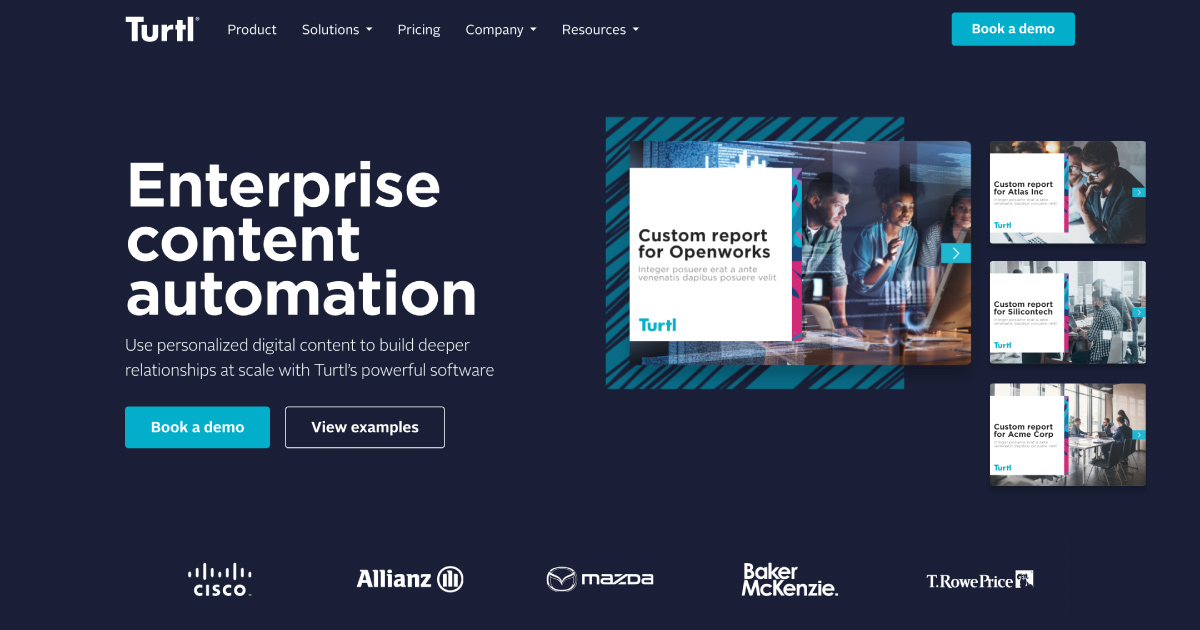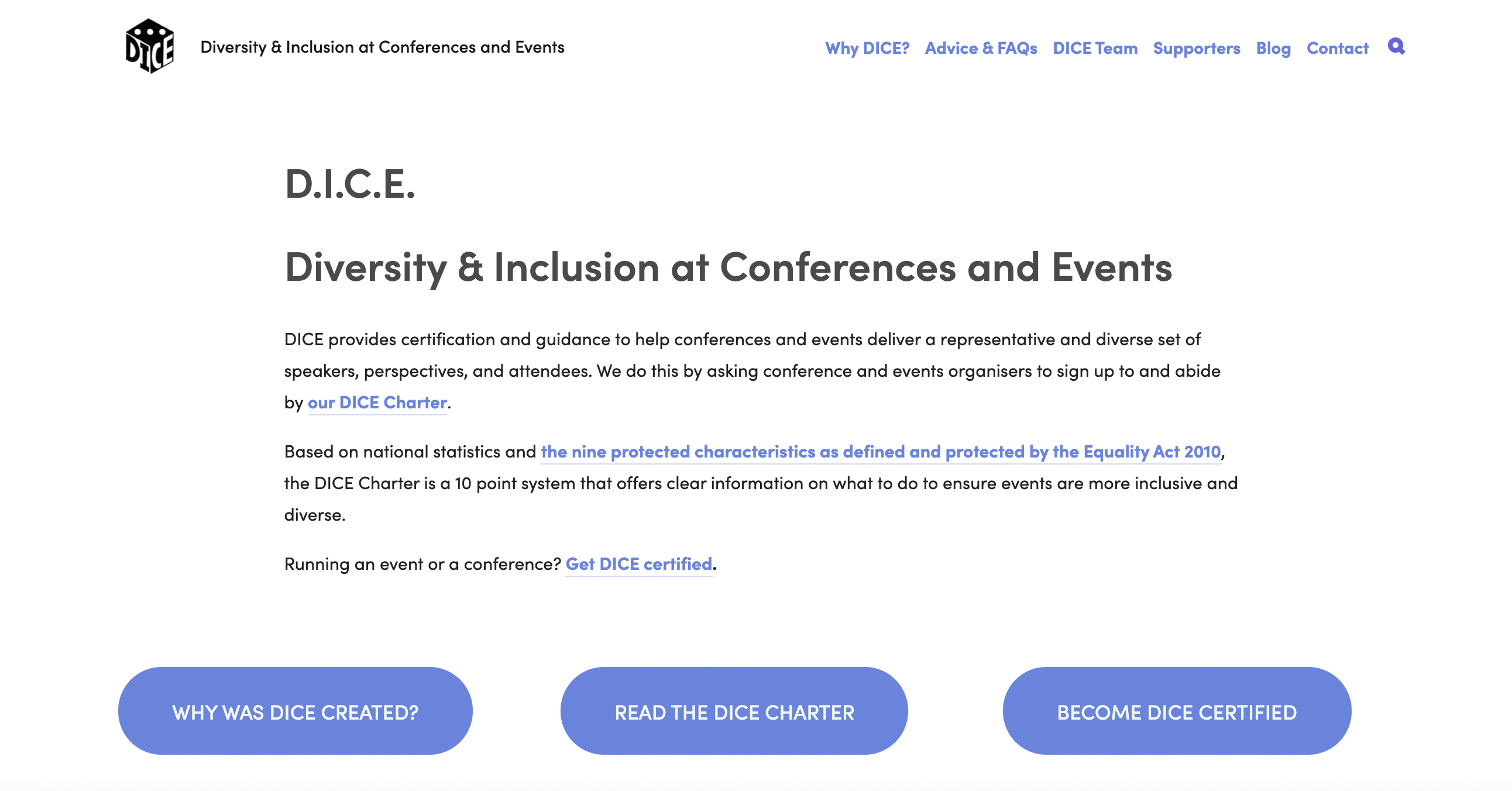How to boost the engagement and impact of your virtual B2B events
The FINITE B2B event marketing panel discussion is full of insights from leading marketers with deep expertise in organising and optimising physical and virtual events as a B2B marketing channel.
The panel gave us their insights into COVID’s impact on event marketing, how event marketers have shifted to digital and how technology has evolved to keep up with new demands.
They shared tips on increasing engagement of digital events, and the KPIs you should be measuring to mark your success. They dived into the future of events, and what hybrid ones will look like once face-to-face events are back to normal.
FINITE has released a research report on B2B tech marketing trends, and found that “37% of B2B tech marketers reallocated their 2020 face-to-face marketing budget to digital channels instead.” Read the full report here to gain more event marketing stats.
How to increase engagement of virtual B2B events
To hear more B2B event marketing insights from the panel, FINITE members have access to the full discussion – Apply here for a free membership and join B2B tech marketers around the world to expand your career.
FINITE Fest, the free one day virtual conference covering B2B tech marketing trends, was proudly supported by Clarity Performance.
Here are the key takeaways:
- How has B2B event marketing shifted since the outbreak of COVID?
- How has event technology evolved to meet the needs of B2B marketers?
- How can you measure the engagement of virtual B2B events?
- What will hybrid events look like?
- Tips for digital events
How has B2B event marketing shifted since the outbreak of COVID?
Face-to-face events were limited by geography, so only prospects with a high event budget or who lived locally could attend. This meant that reach was limited, and therefore the impact lessened. The benefit of virtual events for reach and scale is immense, as you can organise global events that everyone can join from the comfort of their home.
However, not every physical event is fit to move online.
“You really have to be intentional about what you’re doing in a virtual way. You can’t just pick up every real life event and put it on a digital platform, the intentionality is key.” – Ally Masi, Senior Product Marketing Manager, SMB Executive Events at Salesforce
Three top tips for organising a virtual event:
- Try shorter online events focussed on specific topics with specialised experts.
- Leave a section for questions and get your customer success team to follow up with the enquirers of these questions.
- After the event, write an extensive summary of the key takeaways and post an on demand recording to share with clients.
In terms of networking, it is difficult to replicate in a virtual setting. Using event tech platforms, you can organise break out sessions and have these organised by a specific theme to guide conversations.
How has event technology evolved to meet the needs of B2B marketers?
Event technology over the COVID outbreak has exploded, with the intention of replicating field events and trade shows. Before COVID, event technology was based around mobile apps for registration and ticketing, but there wasn’t an incentive to overhaul the entire event tech stack.
Now there are more event technologies than ever, enabling people to organise their digital events with ease. Event technologies had solved for sponsorships and user experience, but they need to continue developing these for more improvement.
“How far the tech has come within the last year, it was evolving week on week, so I think that was incredibly exciting.” – Kathryn Frankson, Director of Event Marketing at Informa
Event technology also has an impact on data and audience capture, with lead scoring dashboards built into platforms. You can look at audience journeys, digital footprints, audience growth and portions of your database coming back to life.
Examples of event tech tools:
Turtl, is a great tool for repurposing content from virtual events, which allows you to move from a static pdf into an interactive document. It allows you to embed video, pull quotes and link to socials straight from the document. It also supports reporting and analytics so you can see which videos and segments are getting the most engagement.

You can track events through Sprinklr, which shows you the most engaged contacts, influencers and who shared the event the most. Looking at your audience holistically lets you build out your future events to better suit them and gain more traction.
How can you measure and increase the engagement of virtual B2B events?
Show rate, content and audience interaction are three engagement metrics you can use for your virtual B2B events.
To increase show rate, focus on a detailed agenda and send reminders a week, a day and 30 minutes in advance of the event. Consider direct mail to send gifts to leads before the event to create excitement. Read how to use SEO to increase turn out for your virtual event.
During the event, content needs to be concise and include actionable insights for the audience.
“No presentation at the event can be longer than 20 minutes and that’s pushing it already.” – Robbert Van Der Pluijm, Global Lead Events and Experiences at Permutive
Allow your audience to interact with the event live. You can facilitate this by running surveys, allowing time for questions, and being active in the chat alongside the presentation. Allow for downloads of material throughout the event to provide extra offerings and value.
In terms of KPIs, a feedback survey can be sent right after the event so you can gain an idea of your net promoter score, or how likely the audience member is to recommend the event. For a B2B event this should be 50 or over to be excellent.
Standards for diversity and inclusion should be met, and are set by an organisation called D.I.C.E. This means a maximum 50% male speakers, with minority ethnic groups included.

What will hybrid events look like?
Hybrid events have been studio based since real life audiences have not been permitted. This makes tech a bit more simpler as you already have a set and you don’t have to present to two different audiences at once, physical and virtual.
Once a live audience is there, things get a bit more complex. You’ll need to consider if you have remote callers or speakers, and how you’ll sync the audio to the physical audience as well as the audience watching the stream virtually.
The equipment involved is similar to live streams used pre-pandemic and virtual events in the past.
There’s no hybrid event playbook yet, as B2B event marketers are experimenting with technologies and investments. Sometimes a hybrid event may not be worthwhile, depending on size of reach and objectives.
Tips for digital events
- Without seeing people in person as much anymore, diversity and inclusion is of utmost importance for any event, including speakers and attendees.
- Over communicate and over prepare. It seems easy to hop on a Zoom call and generate a discussion, but customers now have higher expectations of virtual events.
- Think about the product first. If you don’t have a reason for the event that serves your target audience, there’s so much competition that your event will get blown over.
- Be realistic with time frames. Digital events take time, including curation and set up for a live event. Set aside 4-6 weeks minimum.
The panellists were: Nirupam Sarkar, Head of Marketing, UK & Europe at Digitate, Robbert Van Der Pluijm, Global Lead Events and Experiences at Permutive, Ally Masi, Senior Product Marketing Manager, SMB Executive Events at Salesforce, Kathryn Frankson, Director of Event Marketing at Informa and Nick Forster, Co-founder at London Filmed.
If you want to know more about how to generate qualified leads, drive pipeline and grow revenue, get in touch with the Clarity Performance team today.
